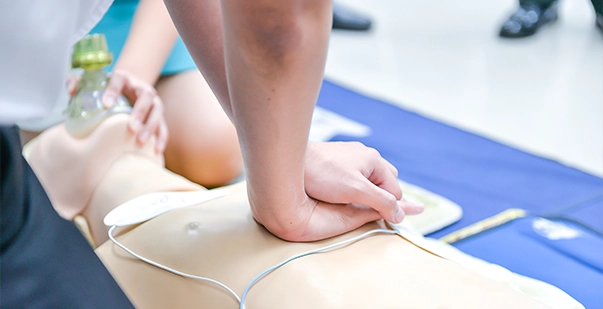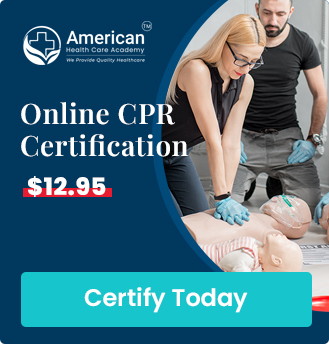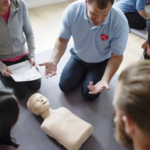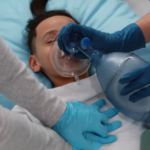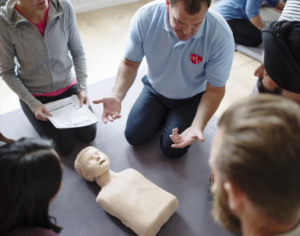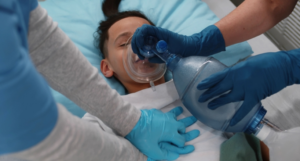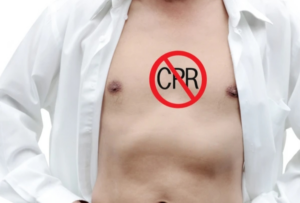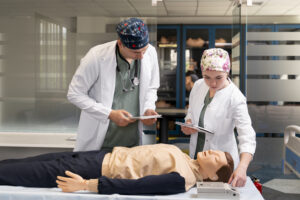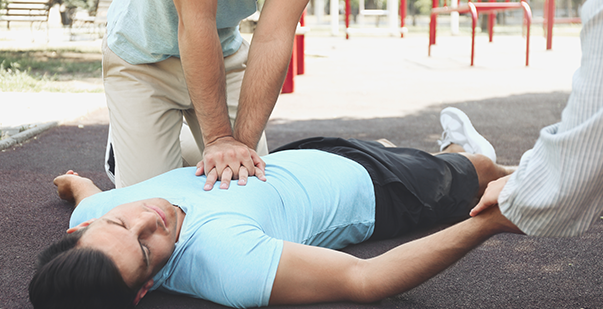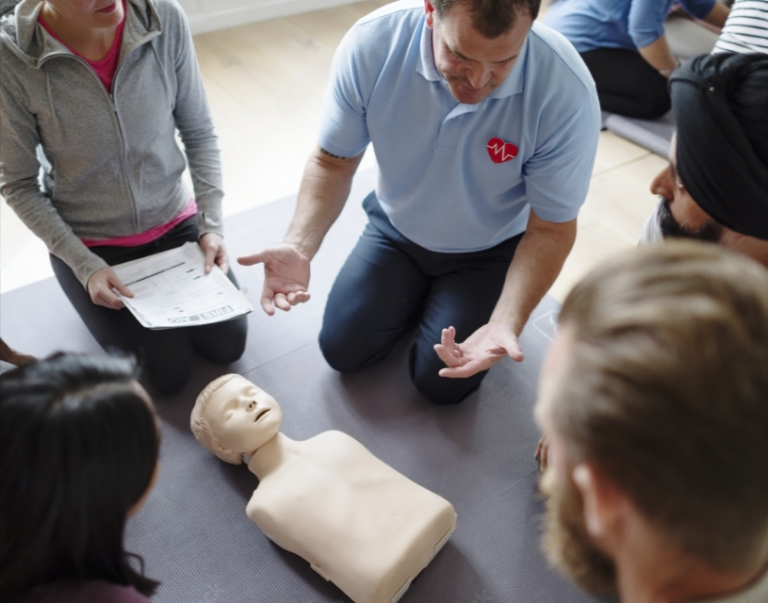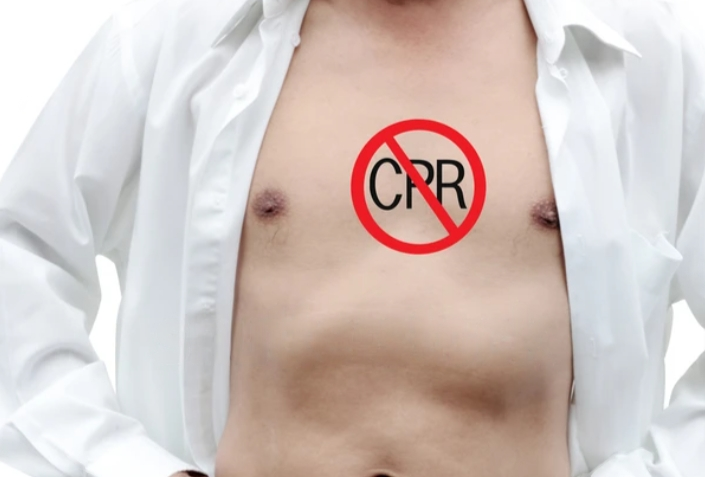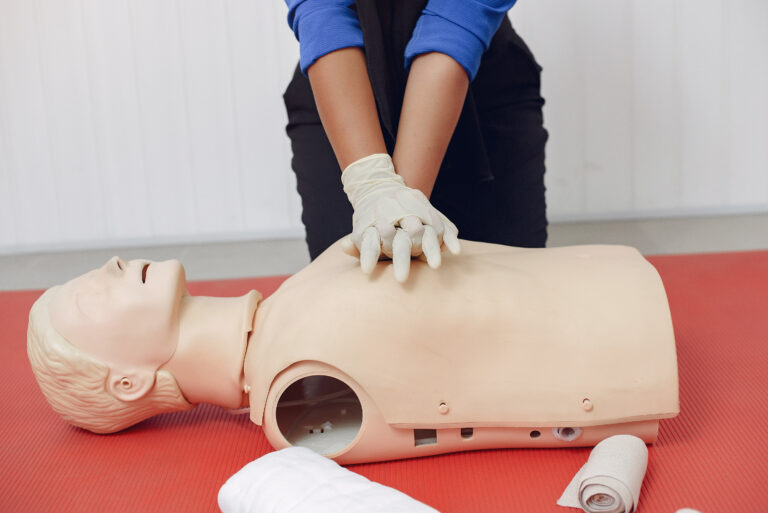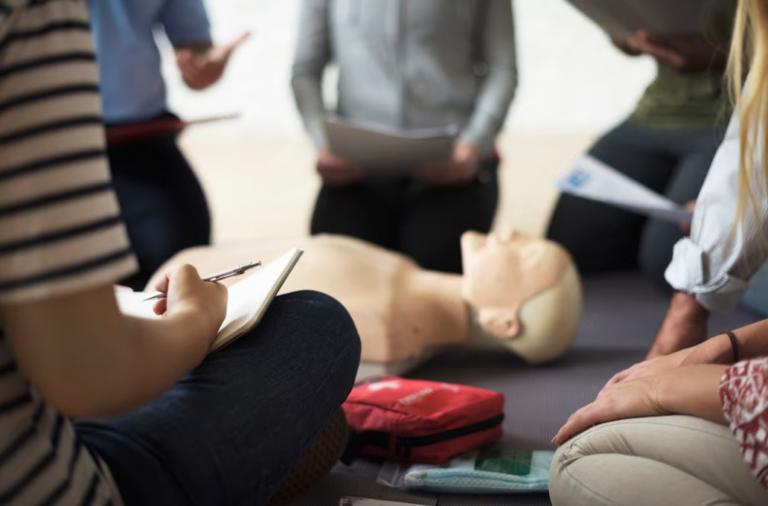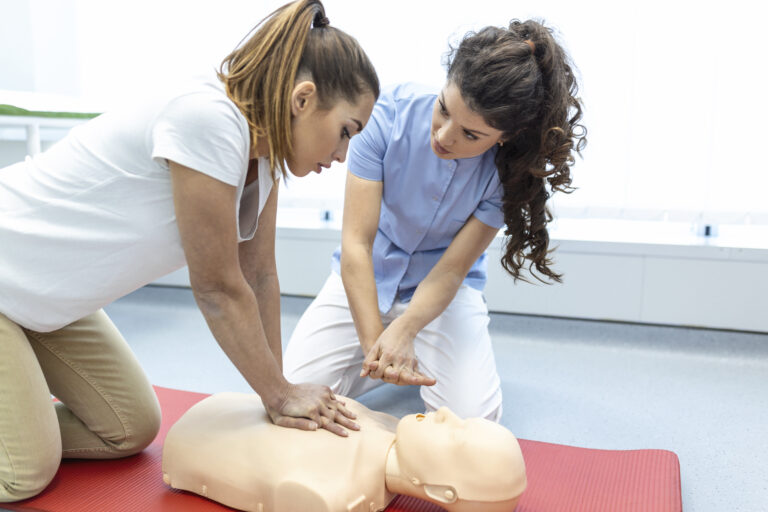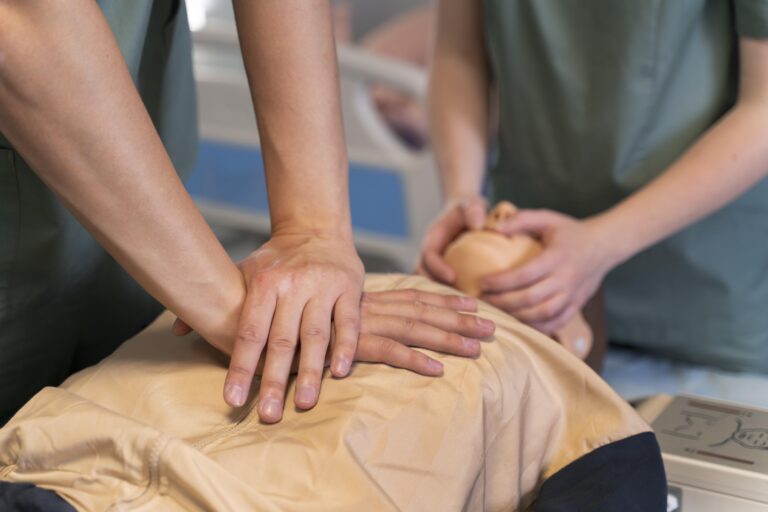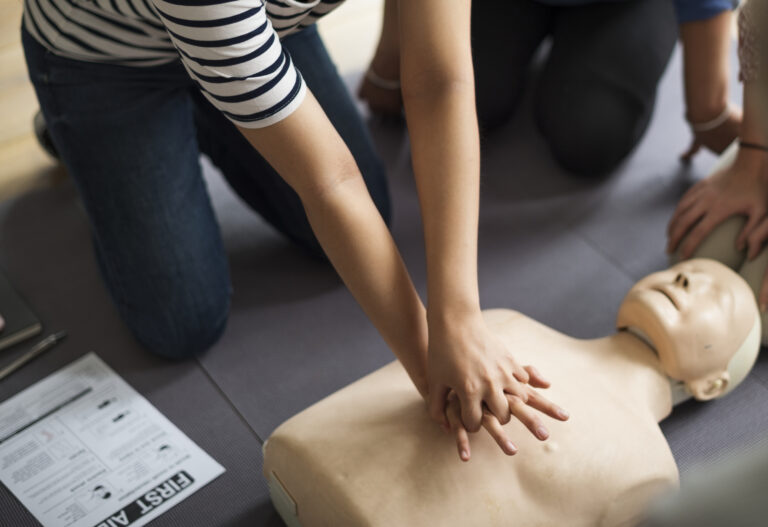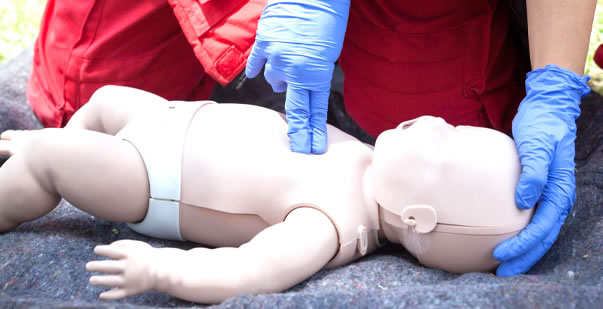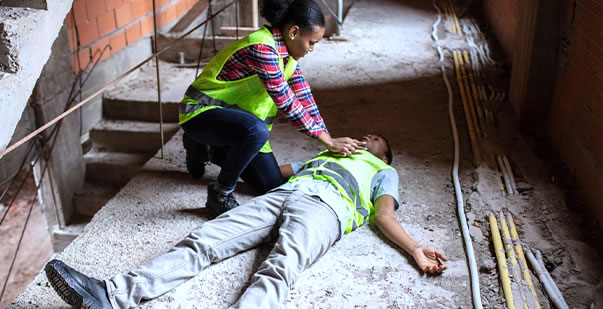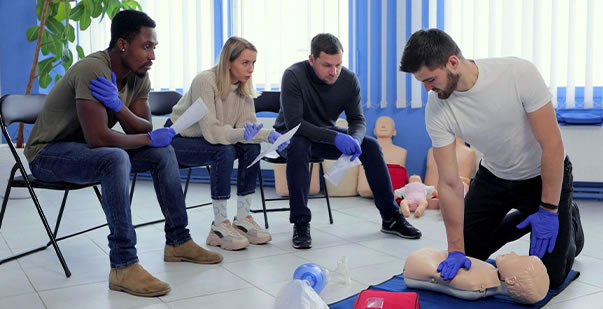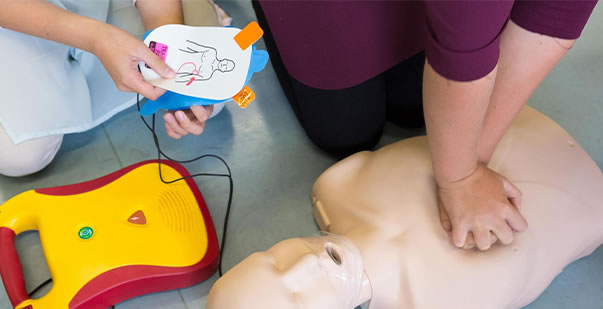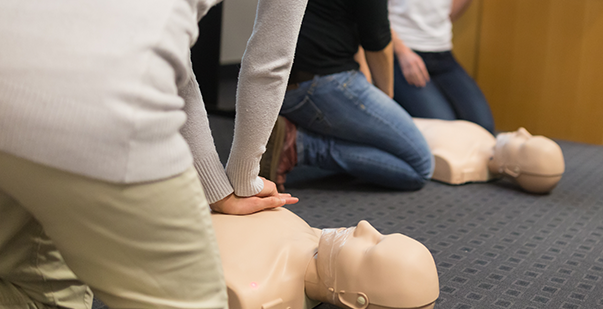Understanding the 5 steps of Basic Life Support
According to a recent report, more than 500,000 people experience cardiac arrest in the United States alone. As a healthcare provider or a first responder, you will have to face medical emergencies on the lines of cardiac arrest at some point in your career. Your skilled, knowledgeable, and prompt actions could make the difference between life and death for your patient.
BLS, or Basic Life Support, helps stabilize and maintain vital functions in a medical emergency. When the steps of basic life support are correctly done, it has the potential to save lives. Through this blog, we aim to provide you with a comprehensive understanding of BLS and the five steps of BLS assessment.
What is Basic Life Support (BLS)?
BLS is beneficial to revive or sustain a person who may have suffered from choking, cardiac arrest, a cardiopulmonary emergency, or other life-threatening conditions. Healthcare professionals, first responders, and other trained people often use BLS as the first line of response. BLS training and knowledge can enable you to provide someone experiencing cardiac arrest or respiratory distress care until professional help arrives.
What are Some Situations That May Require BLS?
Most events that require BLS tend to be medical emergencies or have the potential to turn into one. Here are some events that may require BLS:
- Cardiac Arrest: This is the most common event that requires BLS. It happens when the heart loses its function suddenly.
- Choking: Choking happens when a person’s airway is obstructed. If unattended, choking can stop breathing. BLS can both remove the obstruction and help the victim restart their breathing.
- Suffocation: Breathing can stop when the victim inhales smoke, or harmful gas or is trapped in constricted places.
- Drowning: When the victim drowns, they may lose their ability to breathe and their heart may stop beating. BLS can help revive the victim.
- Allergic reactions: Severe allergy or anaphylaxis can lead to blockage of the victim. In many instances, the heart may stop beating too. BLS can help sustain life in such cases till professional help arrives.
- Trauma: If a person experiences trauma or severe injury, their breathing can stop. The heart may also stop breathing.
What is the importance of knowing BLS?
A medical emergency can occur to anyone at any time. Knowing basic life support sequence (BLS) is a crucial skill for anyone but more so for a medical health professional. It enables anyone who faces a life-threatening emergency to respond effectively and promptly.
- Immediate response: Medical emergencies encompassing drowning, choking or cardiac arrest need a rescuer to provide the victim with assistance as soon as possible.
- Increased survival rate: BLS key points including chest compressions and rescue breaths can help keep the person alive. This increases the chances of survival dramatically.
- Decreased chances of disability: When the brain is deprived of oxygen for long periods, it may cause brain damage that can lead to disabilities. Prompt BLS can prevent or minimize brain damage and chances of disabilities.
- BLS helps protect your loved ones: A medical emergency can happen to anyone including your loved one. Being trained in basic life support can help you protect your friends, family and even strangers in medical distress.
What are the BLS (basic life support) steps used for adults?
When asking What are the 5 steps of BLS? It is also crucial to ask yourself about the basic steps of the BLS assessment. When basic steps of BLS assessment are performed efficiently, it can be both effective and life-saving. Here are the BLS steps used for adults:
- Safe environment: Before you perform BLS, make sure to assess the surroundings. You must ensure that the victim and you are both safe from further harm. Look for any debris, malicious intent and other harmful conditions that may prevent you from effectively performing BLS.
- Check for breathing: The next step is to assess the victim’s airway, breathing and circulation (ABC). Performing CPR if there is something lodged in the throat or if the chest is caved in can cause more harm than good.
- Call for help: You can only provide assistance and immediate medical care till professional help arrives. Seek assistance or ask someone to call for help before you start giving CPR.
- Use the AED: Look if AED machines are available. Many public places have an AED machine. Anyone can use an AED machine. The machine relays recorded instructions and you only need to follow them.
- Perform CPR: In CPR, a combination of chest compressions and rescue breaths is used. The chest compression is performed in a set of 30 compressions and two rescue breaths.
Read More: https://cpraedcourse.com/blog/5-definitive-steps-in-administering-basic-life-support-to-adults/
What does BLS prioritize?
BLS prioritizes chest compressions as the most important step. Providing rescue breath comes secondary. This is because effective and early chest compressions can help move the blood around the body providing oxygen to the brain. This improves outcomes, especially in cases of cardiac arrest.
Conclusion
With the steps of basic life support, BLS can help save lives. BLS training will empower you to act promptly and confidently during a medical emergency. Whether you are a non-medical professional who wants to be prepared or a medical health professional who is looking to hone their skills, BLS training with an approved provider is the best way to go. Get your BLS certification today and learn how to protect lives.

